How did it start?
The era of chemicals and large-format negatives
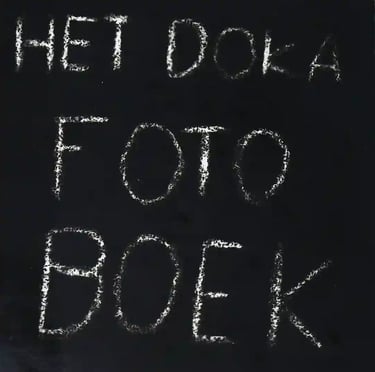

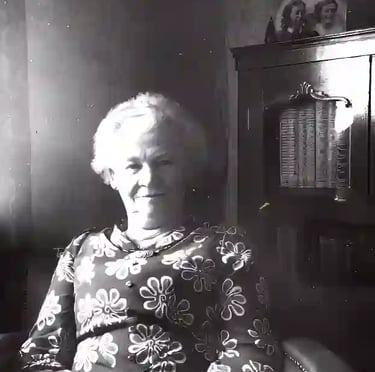

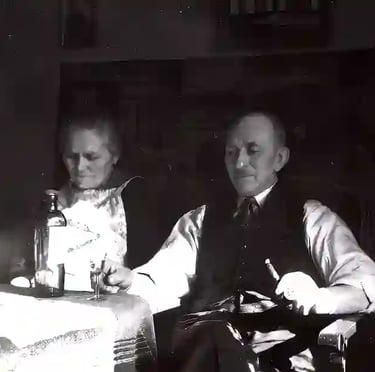

I’m not exactly sure when my fascination with photography began, but one thing is certain: it was instilled in me from a very young age. My father used to have one of those beautiful 35mm cameras, carefully stored in a little leather case. I was allowed to look, but definitely not to touch — far too expensive! It had flashbulbs that gave off one blinding burst and then came out crumpled and scorching hot. He also used a clever little device that slid into the hot shoe to measure distance, and a light meter to precisely set shutter speed and aperture.
Everything was manual — nothing automatic.
I was allowed to play with its predecessor: the box camera, which used large negatives, as big as the photo prints of the time — 6 by 9 centimeters.
You’d send off the film and hope for beautiful results…
On April 23, 1972, I received my first contact printing device from my Uncle Jaap. I’m still grateful for that opportunity! It was basically a box with a lamp inside, a little flap for the photo paper, a few trays for the chemicals — and then just start experimenting. The magic of watching the image appear on that very first sheet of photo paper in the developer was incredible. I’d run straight down from the attic to show off the result.
Fortunately, I documented those experiences in the Doka Foto Boek and pasted in the photos.
And now… everything gets uploaded to a website by means of a computer. Talk about magic.
That’s when I really took off, of course. I started experimenting with my father’s negatives — they were so large you could make a photo directly from them: 6x6 cm and 6x9 cm. Luckily, he let me use them. Grandpas and grandmas appeared on the photo paper. But still, the images were only as big as the negative itself.
I couldn’t do anything with the then-modern 24x36 millimeter negatives — far too small.
Funny, though, that this so-called “small format” still exists today in ultra-modern mirrorless cameras… under the name
Full Frame.
To enlarge that small format onto paper, I carefully converted one of my father’s old slide projectors into an enlarger. That way, even the tiny images could be projected large onto photo paper. All of it, of course, took place in the darkroom — the Doka.
These days, many photographers use Adobe Lightroom on their computers — the light room. A lovely nod to those old, vintage techniques.At some point, my friend Jan got a real enlarger, which we used in a darkened bathroom. I don’t remember if I was jealous, but luckily, not long after, my parents gave me a proper Opemus enlarger — and then I could really go wild in the attic!
Somewhere around that time, I also managed to buy a Zenith camera.
The photographer was slowly growing up.
Figuring everything out meant diving into photo books and spending hours at the library — after all, the internet didn’t exist yet. For instance: Can you take photos of the television screen? (Black and white screen, of course.) And if so, how? What settings do you need?
Especially during those first space missions, capturing those moments was a real challenge.
Luckily, we had explanations from the well-known (in the Netherlands) Chriet Titulaer to guide us through.
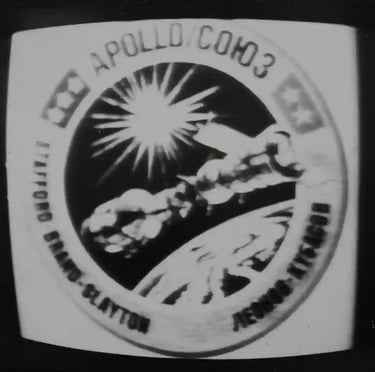

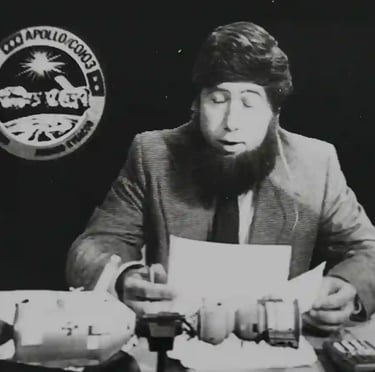

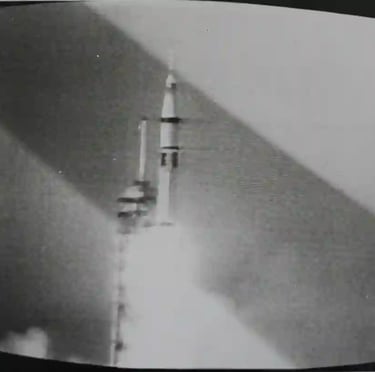

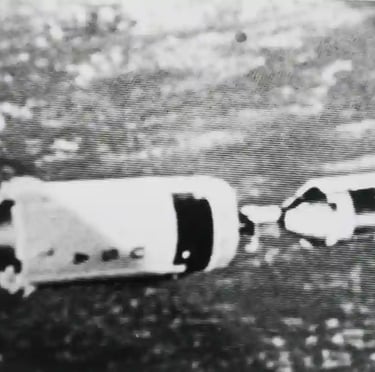

The very first Sail in Amsterdam in 1975 was definitely something worth capturing. And it’s such a joy to know that (as I write this) I’ll soon be photographing Sail again, now celebrating its 50th edition.
When I look back at what was considered “standard” quality back then and compare it to what’s possible today, the growth is astounding.
I hope I’ll get to witness and enjoy that evolution — and stay active behind the camera — for many years to come.
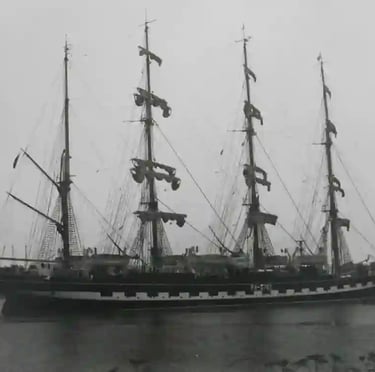

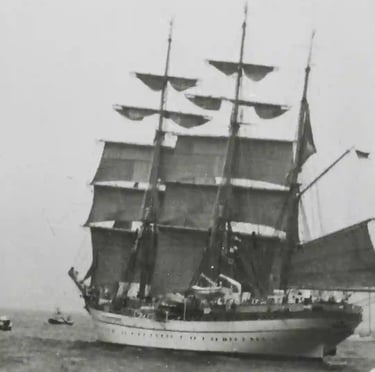

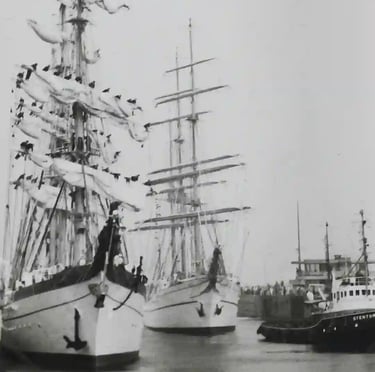

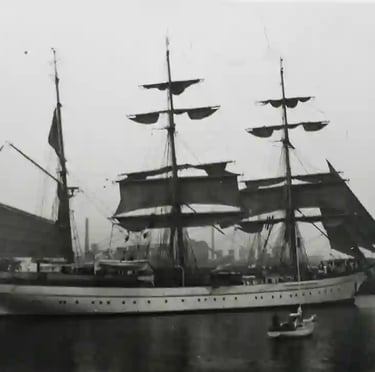

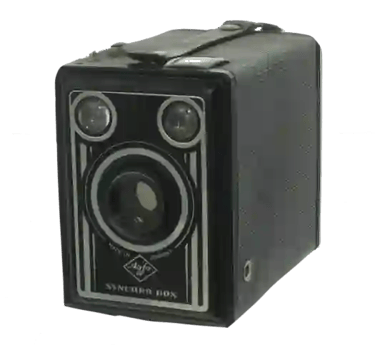

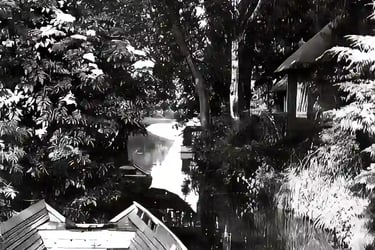

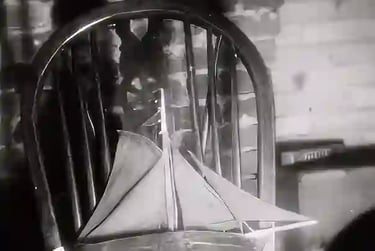

Contact Information
Nieuwsbrief
hjgroen@fotogroen.fun
Phone: +31653793229
© 2025. Alle rechten voorbehouden
Glad you took the time to visit the website!
Volg de avonturen en blijf op de hoogte van de laatste trends in fotografie en technologie via de nieuwsbrief
Available Monday to Friday
from 10:00 to 12:30.
Links
